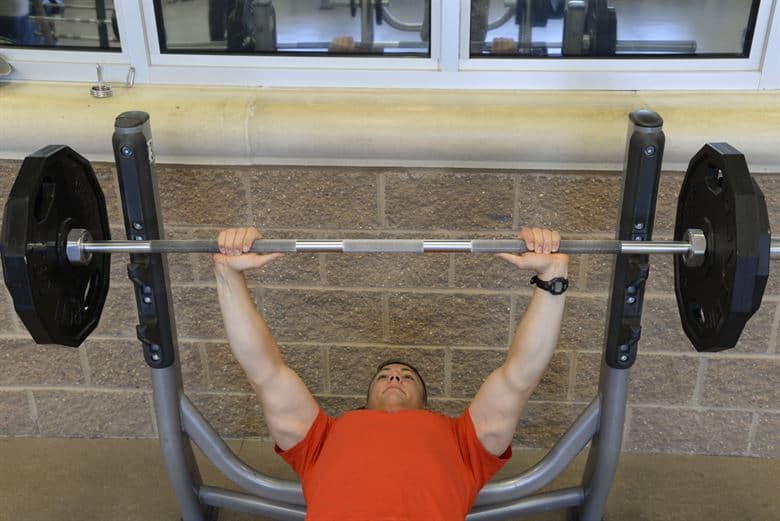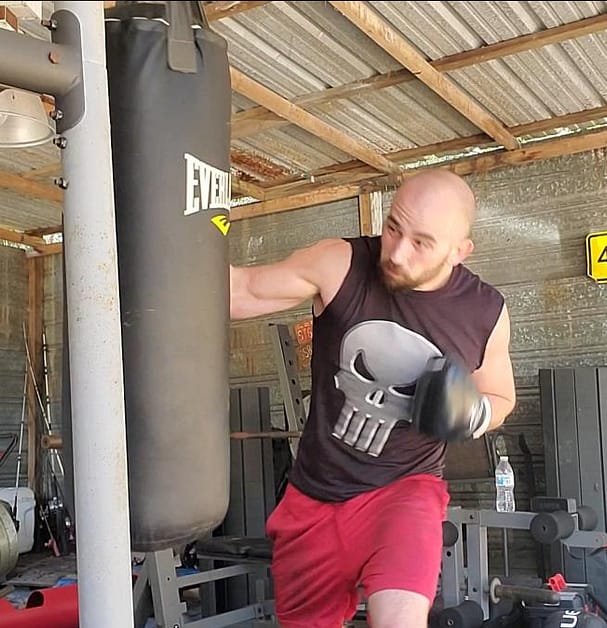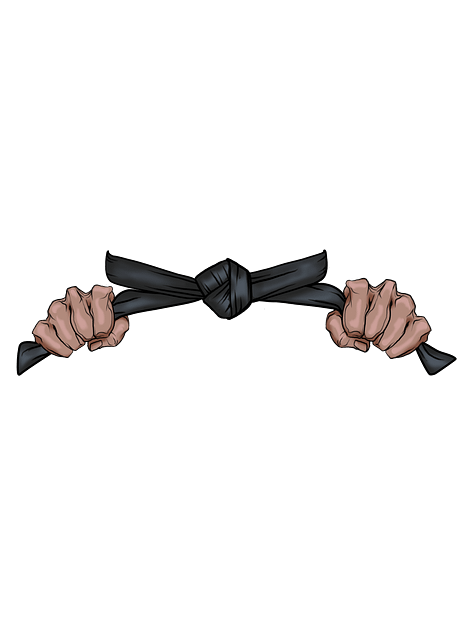If you could see me, you’d notice that my right tricep is bigger than my left. I’ve always thought that it was just from training to fight, though. It makes sense, right? I throw my left handed jab at least five times more than any other punch. I’ve never actually noticed any weakness in my right arm compared to my left, either. But, that changed a few days ago. Last week I blew up 295lbs on the bench press, and felt ready to put up 300. I got down, took my bench press grip, unracked, and felt pretty strong out of the gate. In fact, my left shot up pretty quickly.
My right arm was a different story, though. I felt the fatigue almost instantly, and my trumphant press was turned into a failed rep as my spotter had to re-rack the bar. My noticeably smaller tricep had finally come to reap it’s toll. That’s why today I’ll be going over a few tips to help you fix your bench, for both you and me.
Tip One: Bench Press Grip
This is what killed me, unfortunately. Always check, and then double check that you have an even bench press grip grip. Don’t take it for granted that the markers on your bar are correct, either. This goes double if you own your own and got it for the cheap. Having an incorrectly spaced out bench press grip can lead to some of your muscles working harder than others, leading to an imbalance like I have. For example, if one arm drifts to close to your body and the other doesn’t, that arm will be getting more of a tricep workout while the other hits the chest. The way I finally managed to find out was pretty simple. I just bought myself some weight lifting chalk and chalked my hands up. Then I grabbed the bar in my normal bench press position, noticed the uneven grip, and finally figured out my issue.
And this isn’t something that I do, but make sure not to use a thumbless grip. That means that you hold the bar with the thumb on the same side as your fingers. And I get that you may feel more comfortable doing it this way, but the risk isn’t worth it. When you bench press, make sure that your close your grip all the way. If the bar drops faster than your spotter can react, and you have an open bench press grip, you’re going to get crushed underneath it.
Tip Two: Elbow Flare
This one is more a cause for shoulder pain than muscular imbalance. Bench pressing with your elbows flared is rough on your shoulders, especially your rotator cuff. It’s hard to explain it exactly, but I’ve noticed the least pain and most strength in a position at about seventy five degrees at the bottom. I don’t squeeze my elbows tight to my body, but they’re not all the way out either. I guess a good way to explain it is like this: keep your arms under the bar so that your forearms are verticle to the floor.
Tip Three: Machine Bench
This one comes down to your personal taste. When you bench press with machines, it seems safer for sure. The bar is balanced automatically, and you don’t run the risk of being stuck under the weight.
The Smith Machine seems like a perfect bench machine, but it’s not. The bar path will force your elbows out to ninety degrees at the bottom, which puts pressure on your AC joint like I said above. If you bench heavy on the Smith, you’ll almost certainly notice shoulder pain afterwards.
Not to mention, machines are just not as effective for strength and power gains. Lifting with free weights means that you have to stabilize them yourself, which helps you build more strength and bigger muscles with the same amount of work.
Tip Four: Back Arch
Finally, we move on to what is probably the single biggest technique that improved my bench numbers. Most people I see bench with a completely flat back. Not only does this mean the bar has to travel faster, it also means that your shoulders have to do more work at the bottom.
Now, on the other end of the spectrum, I don’t think that you should raise yourself so high that you could shove an end table in the arch. Be reasonable about how far you arch. Raise your chest to the ceiling and squeeze your lats into position: keeping them tight will help you lift more weight as it recruits more muscles. Make sure to keep your ass on the bench as well, though, because raising that while you lift isn’t just cheating, it can seriously hurt your back.



